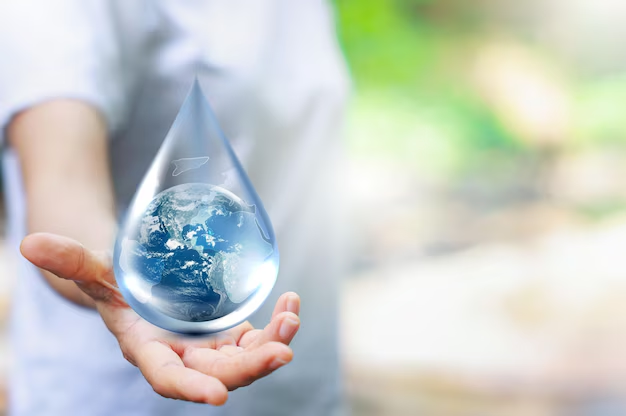Discover Why Water Conservation is Key to Your Green Home Success
As more people strive to reduce their environmental footprint, the concept of green homes—which prioritize sustainability and efficiency—has made waves in the housing market. One of the most crucial components of a green home is effective water conservation. Not only does this help save a precious resource, but it also significantly reduces energy usage and utility costs. Let's delve into why water conservation should be a staple in every eco-friendly home and explore some related resources that can aid in making this transition smoother and more affordable.
The Benefits of Water Conservation
Implementing water conservation measures in your home offers a multitude of benefits:
- Environmental Impact: Conserving water helps preserve the ecosystem by maintaining reservoirs and reducing the need for energy-intensive water treatment processes.
- Energy Savings: Less water usage equates to reduced water heating needs, lowering your overall energy consumption.
- Financial Savings: Cutting down water usage reduces your utility bills significantly, helping you save money in the long run.
- Increased Property Value: Green homes with water-saving features tend to be more attractive to environmentally conscious buyers, often increasing resale value.
Simple Water-Saving Solutions
Incorporating water-efficient appliances and practices can make a substantial difference:
- Low-Flow Fixtures: Upgrade to low-flow showerheads and faucets to reduce water consumption without sacrificing performance.
- Efficient Appliances: Use water-efficient dishwashers and washing machines that minimize water usage while maintaining effectiveness.
- Smart Irrigation Systems: Implement drip or smart irrigation systems to ensure efficient watering of gardens and lawns.
- Rainwater Harvesting: Collect rainwater for use in your garden or non-potable water needs, which can substantially lower water expenses.
Government Aid and Financial Assistance
Pursuing water conservation doesn't have to be financially daunting. Various programs and funding opportunities are available:
- Rebates and Tax Incentives: Many governments offer rebates and tax deductions for installing water-efficient appliances.
- Grants for Sustainable Homes: Look for government or NGO grants that support homeowners transitioning to eco-friendly solutions.
- Low-Interest Loans: Seek financial products specifically designed to assist with green home improvements, offering favorable terms.
Tapping into Educational Resources
Understanding the benefits and methods of water conservation can empower you to make informed decisions:
- Workshops and Webinars: Participate in educational sessions hosted by environmental organizations to learn about the latest in water-saving technologies.
- Online Courses: Consider online courses focused on sustainable living practices to further enhance your understanding and skills.
- Consultation Services: Environmental consultants can provide tailored advice on maximizing water efficiency in your home.
Exploring Credit and Debt Relief Options
If the initial cost of transitioning to a water-efficient home seems daunting, there are financial pathways to explore:
- Credit Card Solutions: Look into credit cards that offer incentives or cash back on eco-friendly purchases to help offset costs.
- Debt Relief Options: For those carrying significant debt, seek options that offer lower interest rates or consolidation plans to free up funds for green home improvements.
Unlocking Educational Benefits
Building a green home isn't just beneficial for the environment or your pocket; it can also serve as an educational tool:
- Knowledge Expansion: Building awareness about sustainable practices can inspire a broader community impact, fostering a culture of conservation.
- Skill Development: Hands-on implementation of water-saving measures can develop valuable skills in sustainable living.
By prioritizing water conservation in your green home, you are choosing a path that enhances your life and the environment simultaneously. Financial assistance and educational opportunities make this journey not only possible but also more accessible than ever.
Explore Financial and Educational Resources:
- 💧 Rebate Programs: Check your local government’s website for potential rebates on water-efficient appliances.
- 🏠 Home Improvement Grants: Available through various environmental and government organizations.
- 📚 Online Sustainability Courses: Platforms like Coursera or edX offer courses on sustainable living.
- 💳 Eco-friendly Credit Offers: Research credit cards that provide perks for sustainable product purchases.
- 💰 Debt Consolidation Services: Consider financial firms offering tailored debt relief plans to fund your green transition.
- 🌿 Environmental Workshops: Attend webinars or in-person workshops conducted by sustainability-focused institutions.
